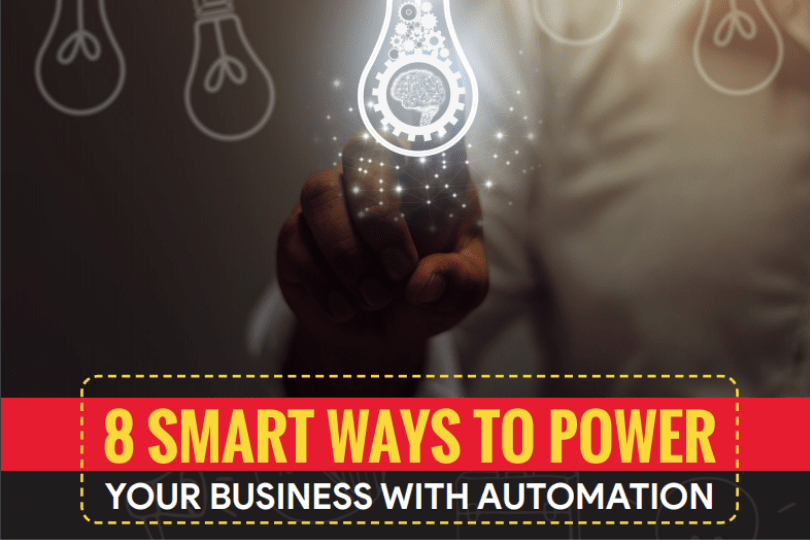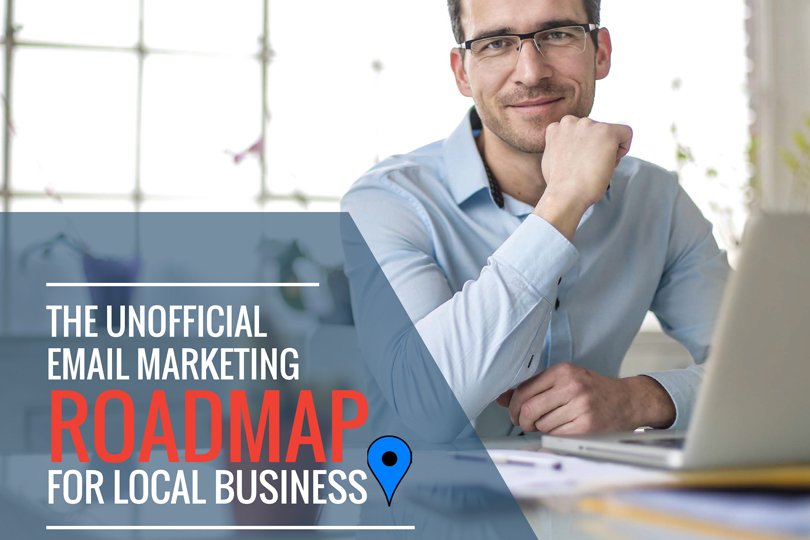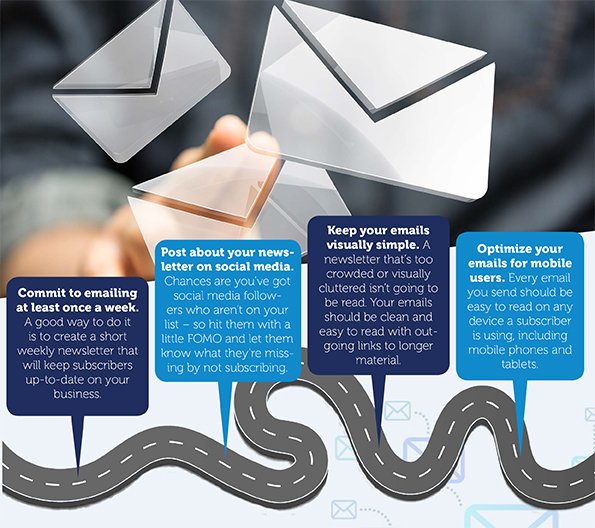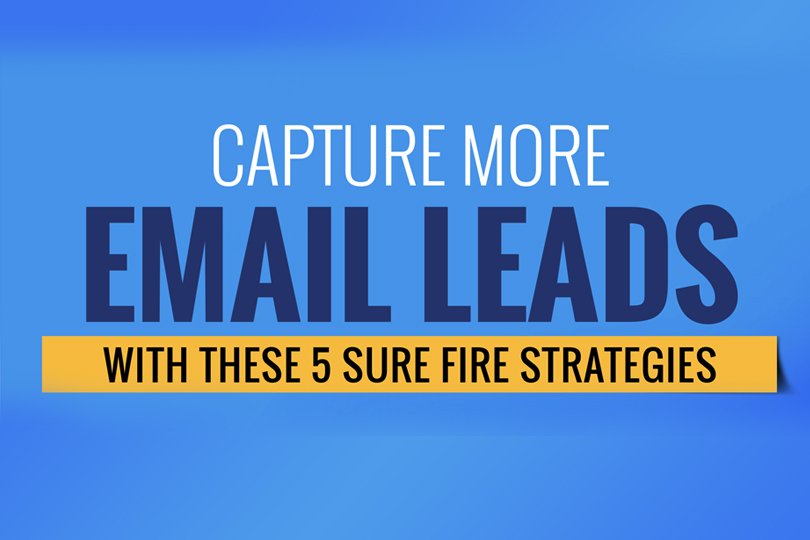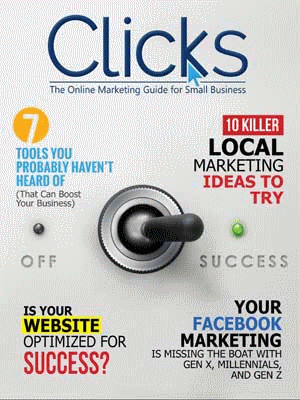
Step Up Your Game (and Revenue) with these Proven Email Marketing Strategies
Email marketing has been around forever, it seems, and yet it remains one of the most popular and effective marketing strategies for local businesses. Let’s face it, sometimes old school marketing techniques become old for a reason! If they didn’t work, they’d die young – so to speak.
I love email marketing. I think it’s a sure-fire way to attract new customers, nurture leads, and grow a business.
The key, of course, is doing email marketing right. Let’s talk about how to attract new subscribers – and keep their attention once they’re on your list.
Tips for Building a List

List-building gets a lot of attention and it can sometimes sound like a lot of work. When you’re already wearing multiple hats every day, it can be exhausting to think about adding another chore to your never-ending to-do list.
- If you have a store, train your cashiers to ask for email addresses during checkout. This is such an easy method that I’m always surprised when businesses don’t use it. Many customers will simply recite their email address without thinking. You already know they like your products, and you can always sweeten the pot by letting them know they’ll get early access to sales or special coupon codes if they subscribe.
- Post about your list on social media and include a link to your opt-in form. This is a great tip if your social media following is outstripping your subscribers. It takes only minutes to do and you can build your list very quickly this way.
- If you have email addresses that you’ve collected from your loyalty program or other sources, you should add those people to your list. Provided that you include an opt-out option at the bottom of the email, it shouldn’t be a problem.
- Partner with other local businesses and see if they’re willing to plug you to their email list to help you attract more customers – and vice versa!
- Put opt-in forms on every page of your website, including your home page. You may want to experiment with static opt-in forms on the margin of the page as well as pop-ups and light boxes to see what gets the biggest response.
These are all techniques you can implement in very little time – and they can help you to build your email list quickly.

The Best Email Marketing Strategies for Local Businesses
Now, let’s talk about some of my favorite email marketing strategies for local businesses. The techniques that work for big national companies may not be useful to you, and yet they get a lot of the attention. Here are six options that I know work.
- Create a local-centered newsletter. Your newsletter can go out weekly or monthly, but either way, it’s an opportunity to touch base with your list and provide them with useful information. I think the best newsletters cover topics that dovetail with both your business and your location. For example, you could include:
a. Local how-to tips, such as how to prepare for an influx of tourists in the summer or what flowers are best suited to your climate.
b. Guides that are tailored to your customers’ needs. A camping supply company, for example, might provide a camping guide that includes a supply checklist, safety guidelines, and recommendations of the best camping equipment by season.
c. Local announcements and news – especially if you can find a way to link the news to your business or products. However, any local news is a good addition because it shows that you’re a member of the community. - Set up a local content calendar. That means creating email campaigns around special holidays and events in your area. Of course, some holidays will be universal – think Christmas – but you can also post in conjunction with local festivals and seasonal events.
- Send special offers to your local customers. Everybody loves a bargain or an opportunity to save money. Your email list is the ideal way to show your local customers that you appreciate them by sending them coupons, discount codes, and inside information about your business and products. You can even create subscriber-only events to sweeten the deal.
- Tell your customers’ success stories! (also insert “success”) Reviews are important and shouldn’t be ignored, but they don’t often show readers the true journey that your customers go on when they buy your product or use your services. Creating a customer journey or testimonial to share with your list is a great way to turn a lead into a paying customer – because they’ll be able to see themselves in the success stories you share.
- Promote your loyalty or rewards program. If you don’t have a loyalty program, now’s the time to create one. If you do it right, it will incentivize your regular customers to shop even more often and entice customers who are on the fence to visit your business. You can even incentivize people on your list by offering a special reward if they convince their friends to sign up. (Side note: I also like it when businesses offer special gifts on customers’ birthdays. It’s a nice gesture that doesn’t cost much and makes customers feel appreciated.)
- Collect information about your subscribers. Let’s face it, market research can be expensive. But, it costs only pennies to send a poll to your list – and you can use the data you collect to fine-tune your marketing and attract even more subscribers.

- Include an offer or promotion in the body of the email
- Put a compelling call to action at the bottom of your email
- Add subtle references to your products and company, including mentions of other products
- Link to important content on your website, including blog posts and product pages
In email series, I like to add an enticing PS at the bottom to tease my next email and build anticipation.
The bottom line is that email marketing has one of the highest ROIs of any marketing technique, which is why I recommend it to all my clients. The local email marketing tips here will help you build a robust list, create content your subscribers will love, and grow your business.













